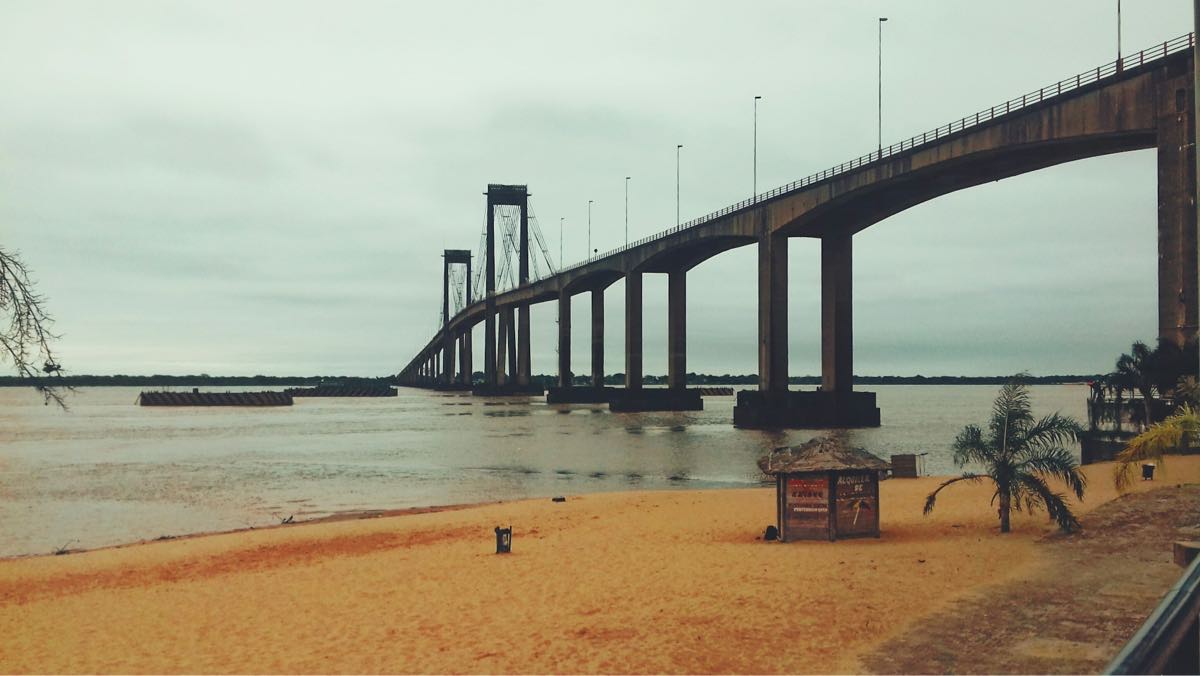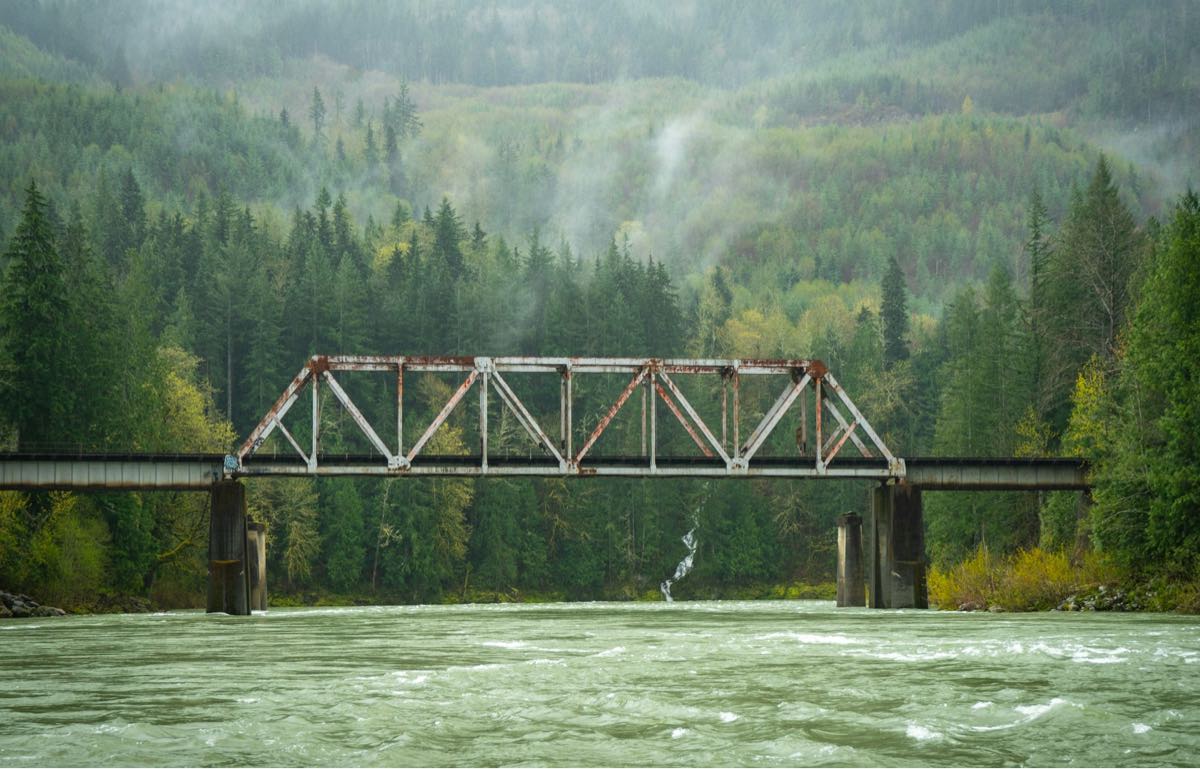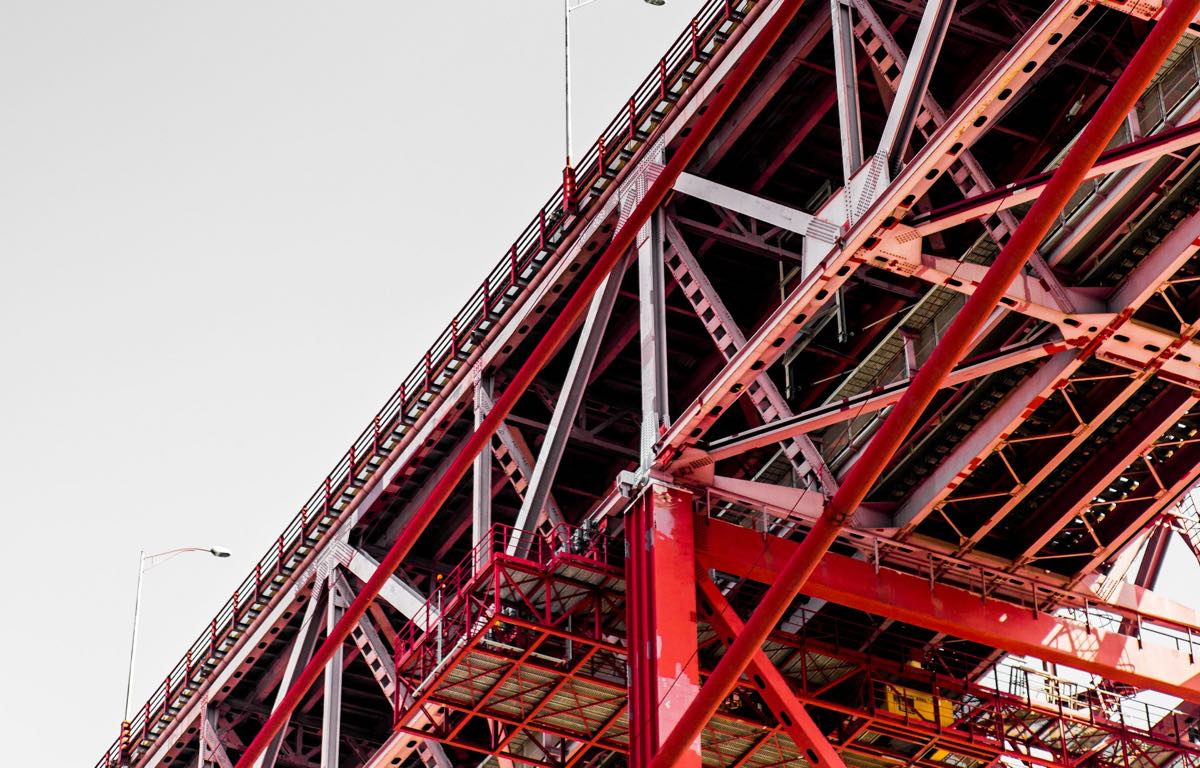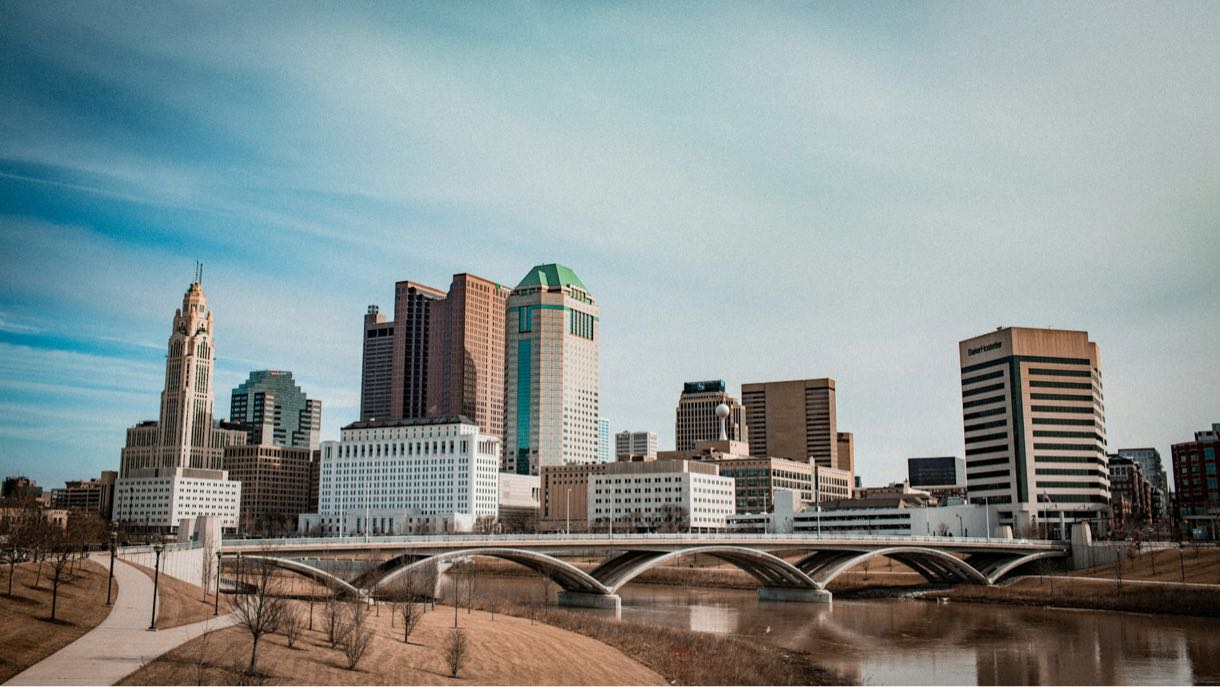Shockwaves have been sent across the region as a result of the collapse of the Francis Scott Key Bridge in Baltimore, which has had a significant impact on the Port of Baltimore and the companies that are affiliated with it. Because of this unique occurrence, the economic vibrancy of the region is in danger of being stifled, which will have an impact on dockworkers, truck drivers, and the supply chain as a whole. The collapse of the bridge not only causes disruptions to the transportation networks on a local and national level, but it also throws a shadow over the business and logistical landscape of the region in the future.
Our interdependent economic fragility was on full display when a major bridge in Baltimore collapsed, causing havoc with local operations and sending shockwaves across the country’s supply chain. The following sections discuss the more immediate effects on the Port of Baltimore as well as the more far-reaching consequences for U.S. commerce and supply.
The Immediate Fallout Since the Francis Scott Key Bridge went down unexpectedly, the Port of Baltimore has been in a state of logistical chaos, which has made it very difficult to move commodities and resources. As a result of this unforeseen interruption, truckers and dockworkers must now confront the formidable challenge of negotiating less efficient routes, enduring considerable delays, and handling the logistical issues that accompany this situation. This direct result emphasizes how important infrastructure is for our supply chains to function smoothly and how a disruption in even a single connection may cause a domino effect.
A Wider Ripple Effect The implications of the bridge collapse go well beyond the immediate problem at hand; they endanger the reliability of national supply networks. The interruption has the potential to cause extensive delays and higher expenses in many sectors as ships may need to be redirected to different ports. This event highlights how small-scale problems may have large-scale effects, changing the way logistics and trade are done nationwide. A nation’s infrastructure systems must be resilient and flexible in light of the realignment of shipping routes and the rearrangement of supply dynamics.

The logistics and supply chain have been severely affected by the collapse of the Francis Scott Key Bridge in Baltimore, and the community and people affected have been profoundly and permanently affected. What follows is an examination of the human toll of this disaster, as well as the community and business responses that have been put in place to help with recovery and resilience.
Tragic Losses Tragically, six construction workers lost their lives in the collapse, highlighting the inherent hazards that individuals tasked with building and maintaining our infrastructure confront. Many in the Baltimore community have expressed their sorrow and solidarity in the wake of the tragedy. The significance of a safe workplace and the necessity for ongoing enhancements to safeguard individuals employed in hazardous conditions are emphasized. As a result of this tragedy, everyone in the neighborhood is more vigilant and dedicated to safety than before.
Community and Industry Resilience Despite the tragedy, the people of Baltimore and its employees have shown extraordinary resilience. Even though the bridge collapse created logistical headaches, local truckers and dockworkers have shown remarkable commitment to maintain the supply system flowing. People and businesses alike have shown resilient and collaborative in the face of this disaster, coming up with innovative solutions. The strength of the Baltimore community is seen in their resilience, which showcases their united will to overcome challenges and rebuild even stronger than before.

Quickly rising to the forefront following the devastating Francis Scott Key Bridge collapse in Baltimore, government involvement has provided a glimmer of hope and a path to recovery. In this part, the critical roles and strategies that the federal government has devised to restore a critical infrastructure and guarantee the long-term viability of the economic pillars supporting the area are outlined.
Federal Commitment In addition to reiterating the government’s dedication to helping Baltimore through this crisis, President Joe Biden’s promise of federal funding for the bridge’s reconstruction has brought attention to the infrastructure’s national significance. By prioritizing the bridge’s rebuilding and making use of federal resources and experience, this commitment is essential for speeding up the recovery process. Restoring normality and functioning to the impacted towns and industries is a joint effort, and the administration’s engagement shows that. The bridge is still an important artery for business and everyday commutes.
Clearing the Way for Recovery The essential importance of this work is shown by the immediate focus on clearing the vessel and bridge wreckage in order to restore the shipping route. Not only does this endeavor include the physical removal of obstacles, but it also necessitates the navigation of the accompanying logistical and environmental issues. The first objective is to make sure the canal is safe to navigate; the second is to get the Port of Baltimore back up and running so it can stop the economic effects from spreading. The project is a coordinated attempt to remove the short-term obstacles to recovery and provide the groundwork for the longer-term restoration processes by utilizing a mix of federal, state, and local resources.
In addition to restoring services to pre-collapse levels, the government’s measures demonstrate a long-term commitment to building resilient infrastructure, underscoring the vital connection between strong infrastructure and steady economies. The road to rebuilding Baltimore’s critical transportation and economic networks is being progressively cleared thanks to government support and concentrated recovery efforts, which bodes well for the region’s future strength and resilience.

After the devastating bridge collapse, the Port of Baltimore, a key economic center, had never-before-seen difficulties. This incident has a negative impact on company business and puts a damper on its vital position in supply networks worldwide and locally.
The Port’s Economic Significance With its status as the leading U.S. seaport for autos and light trucks, the Port of Baltimore is a major economic force that boosts the economy of Maryland and beyond. Not only do port operations directly support local and state economies through the employment they provide, but they also have a multiplier effect on many other industries, such as transportation, warehousing, and retail. With its impressive capacity and efficiency, the port serves as a vital hub for the nation’s transportation and logistics network, highlighting its significance beyond only the area.
Facing an Uncertain Future The viability of the Port of Baltimore’s operations and its prestigious place in the worldwide trade system are cast in doubt in the aftermath of the bridge collapse. Because of this occurrence, shipping lanes may shift to other ports, which would reduce the port’s importance and competitiveness in the world’s supply chain. The port’s revival depends on analyzing and responding to these possible changes in trade trends. If we want to keep the port’s economic contributions secure and lessen these negative impacts, we need to invest strategically in logistics and infrastructure and pass laws to make operations more resilient.

The transportation and logistics industries are adjusting quickly to keep operations running smoothly and lessen the impact on the supply chain following the collapse of the bridge in Baltimore. a section explores the strategic shifts and shared understandings among industry heavyweights, showcasing their ability to bounce back and come up with creative solutions to an unexpected problem.
Adapting to New Realities Because of the sudden change, local trucking businesses had to make modifications right once, particularly those whose work depends on the Port of Baltimore. In addition to dealing with rising operational expenses, many companies are rerouting to avoid the destroyed infrastructure. This double whammy highlights the critical requirement for flexible approaches to keep deliveries going and keep the business afloat in a drastically changed environment.
Voices from the Industry To fully grasp the scope of the collapse’s impact, it is essential to hear from influential industry players like the International Longshoremen’s Association and the Maryland Motor Truck Association. Both the short-term and long-term effects on the port’s operating efficiency and the area economy are brought to light by these issues, which are accompanied by logistical challenges. Their thoughts highlight the need for all parties involved to work together to overcome the problem, which in turn will help the port recover and thrive in the future.
In Summary
There has never been a greater threat to Baltimore’s financial systems than the Francis Scott Key Bridge’s impending collapse. But the reaction from the federal government, state and municipal governments, and business leaders shows that they are standing united in the face of this disaster. Restoring and revitalizing the Port of Baltimore and keeping it as a key node in the American supply chain will need teamwork, perseverance, and long-term planning.

Ship A Car, Inc. becomes the go-to company for transporting vehicles and freight when transportation and logistics are a major headache. As seen by their five-star evaluations and A+ rating from the BBB, SAC proves to be incredibly reliable and efficient. Our consultants are here to help with all of your transport needs, no matter how big or little. We guarantee hassle-free shipping solutions.
Q1: How has the bridge collapse affected the Port of Baltimore’s operations?
A1: As a result of the collapse, operations have been considerably delayed since the shipping channel has been blocked, ships have been threatened to be diverted to other ports, and imports and exports have been halted, effectively suspending the activities of the port.
Q2: What is being done to restore the Port of Baltimore’s functionality?
A2: For the purpose of reopening the shipping channel, efforts are being concentrated on cleaning the debris, and the federal government has committed to providing assistance in order to reconstruct the bridge and restore full operating capabilities.
Q3: How can Ship A Car, Inc. assist in the current situation?
A3: SAC is able to offer transport solutions that are dependable and effective, therefore assisting businesses in overcoming the logistical issues that have been brought about by the collapse of the bridge and ensuring that shipments and deliveries continue uninterrupted.



